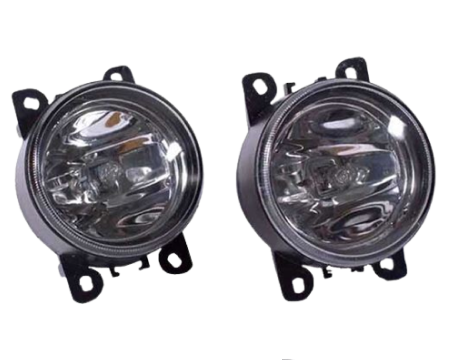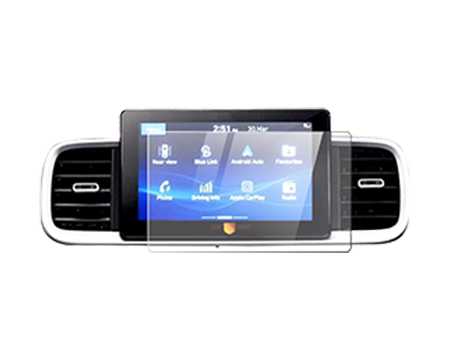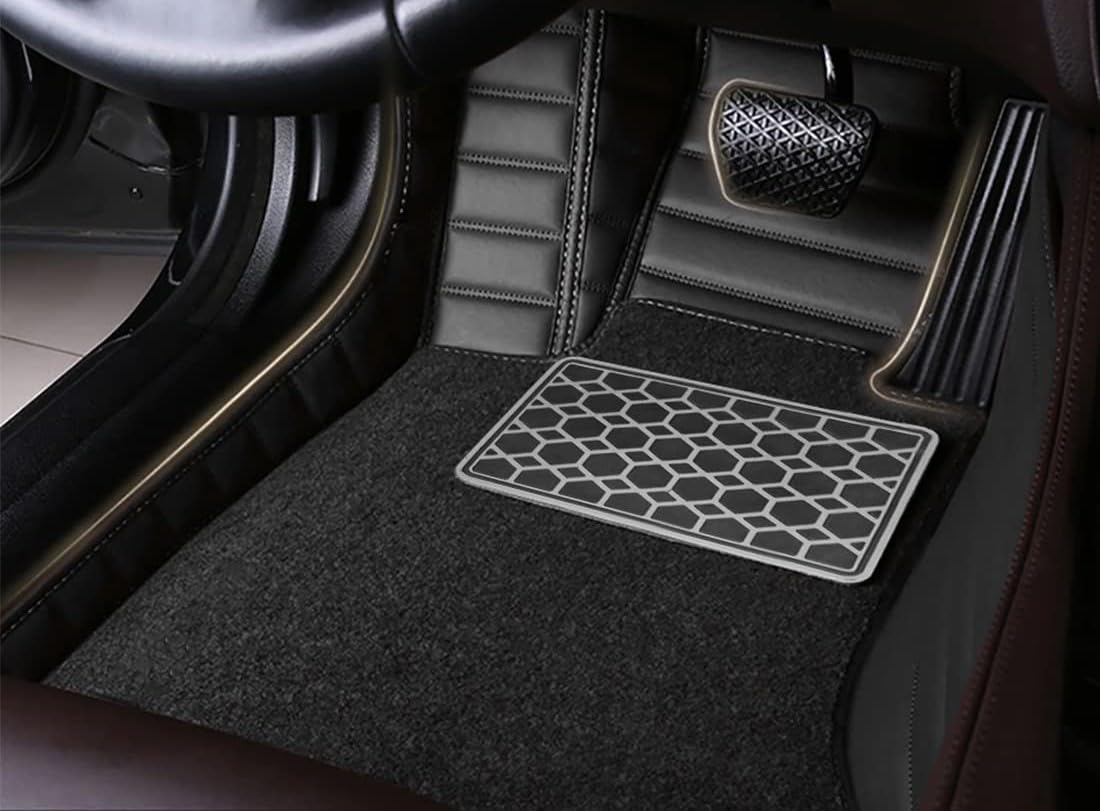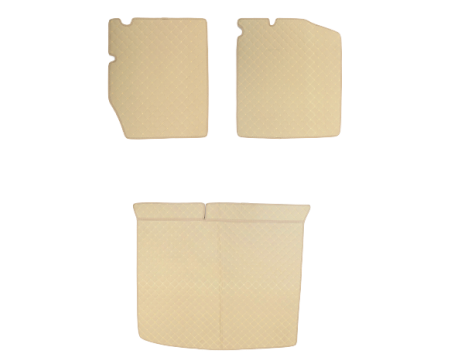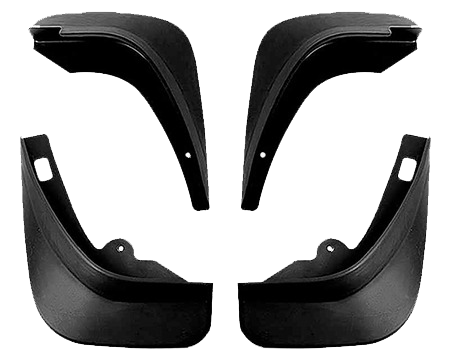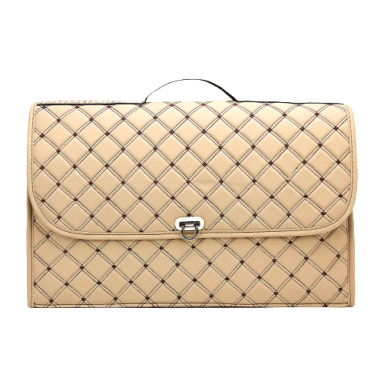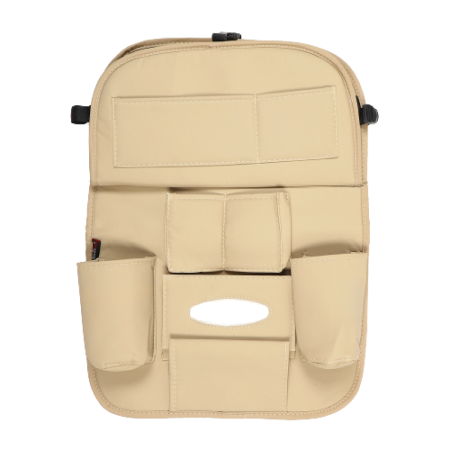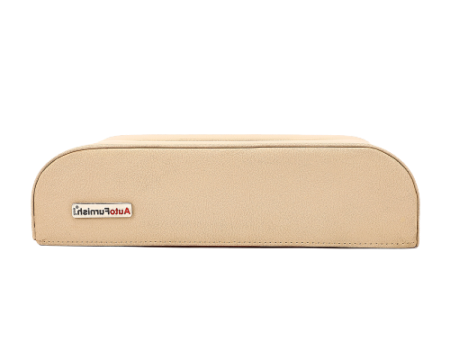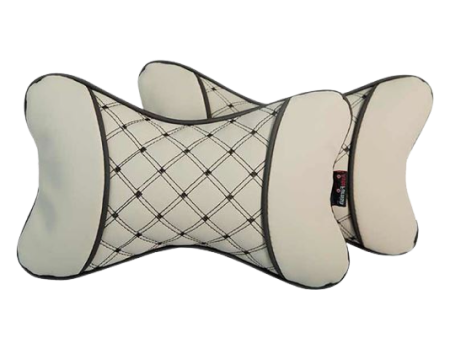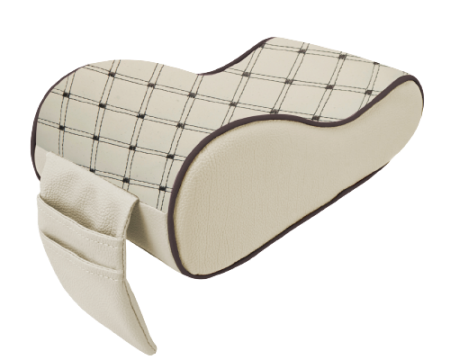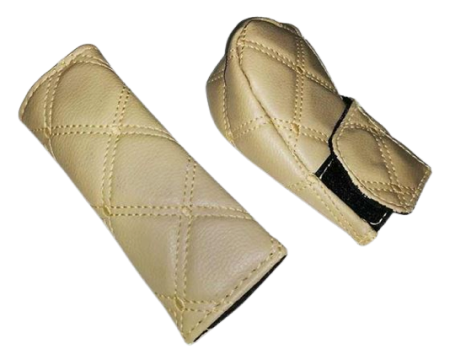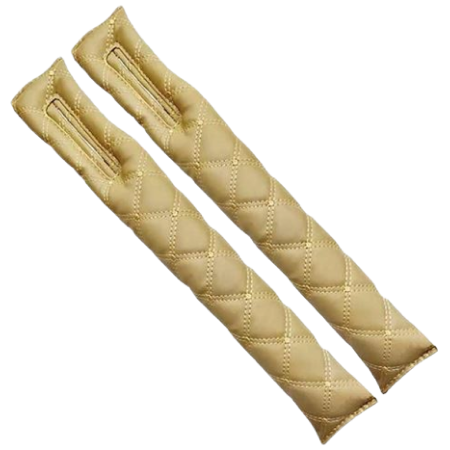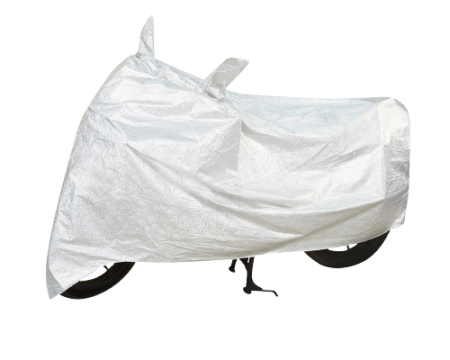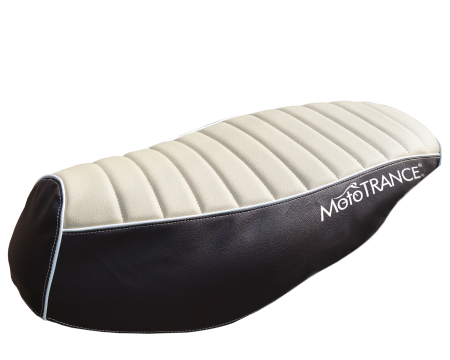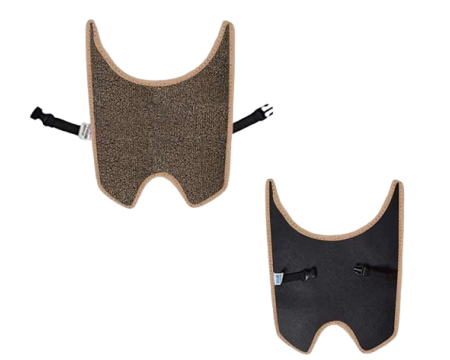When you buy a new car, you go to great lengths to keep it safe and in good condition. To assist you, your auto insurance takes a step forward. It protects you from all the financial burden that comes when your vehicle experiences any damage.
However, buying the right auto insurance might seem a bit overwhelming, considering its various aspects. Here's everything you need to know about buying car insurance.

Why do you need insurance?
Compulsory by law
According to the Motor Vehicle Act, getting third-party insurance is required whether you buy a new or old car. Failing to do so will attract hefty penalties as well as legal complexities.
Protects you from third-party liabilities
The third-party liability (TPL) policy protects you from the legal implications of an accident that you caused. For example, if you have an accident that injures a third person or causes damage to his property, the insurance will pay for their care and protect you from legal ramifications.
Protects you financially
Consider the following scenario: you parked your car and went into a restaurant. When you returned, you discovered that your car had a dent, which broke your heart a little. When you went to the mechanic to get the dents repaired, the repair fee broke your heart even more.
Cars are not only pricey but also expensive to fix. Your vehicle can get damaged even because of someone else's mistake. Nonetheless, if you have car insurance, you will not have to pay for these repairs yourself.
Gives you peace of mind
Most significantly, good insurance coverage provides you with peace of mind and security against a variety of circumstances. With a genuine policy on your side, you may drive around with confidence rather than being preoccupied with the financial ramifications of an accident.Safeguards your family in case of a mishappening
Another reason why auto insurance is crucial is that it isn't just for you. You require car insurance because it protects your family in case you pass away in an accident. If you are a breadwinner in your family and have the policy, your automobile insurance will include personal accident coverage that can help cover your family's expenses.Things to keep in mind while buying car insurance
Range of the cover
You can either get insurance with the intention of saving money in case of accidents and complying with legal requirements, or you can purchase it only to tick the required insurance box. In most circumstances, it's advisable to get a comprehensive plan.A comprehensive plan not only saves you legally but also pays for any damage caused to your vehicle. However, this doesn't mean you straightway choose a comprehensive cover. The decision depends on your personal requirements. For instance, if you have a very old car, getting only third-party coverage makes more sense.
Choose the right add-on coverage
Car insurance providers often provide add-on coverage for added security. By paying a small fee, you can obtain additional benefits in the form of add-ons, which essentially provide more coverage.
Here are some of the important add-ons:
Zero depreciation coverage: When you get this coverage, you will not be required to pay for the depreciation of the parts of your vehicle when filing a claim.
Engine protection coverage: This provides financial insurance for engine and gearbox damage caused by water, oil leaks, and so on.
Roadside Assistance (RSA): This coverage is useful if your automobile breaks down on the road. The RSA will come to your aid and either fix or transport your vehicle to the nearest service shop.
Each add-on has its own price, which can vary between insurers. As a result, don't go on a shopping binge for add-ons. Only include those that are significant to you. Otherwise, your insurance bill might give you a shock.
Look at the claim settlement ratio
Finding the ideal auto insurance plan will depend in large part on your insurance company's claim settlement ratio. This ratio shows how many claims an insurance firm has resolved in comparison to the total number of claims it received during that fiscal year. For instance, suppose an insurance provider's claim settlement ratio for the financial year 2020–21 is 96%. This indicates that the business settled 96 claims out of the 100 claims it received while rejecting 4.
Know the vehicle’s insured declared value (IDV)
Keep a record of the IDV that the insurance provider offers. IDV is the highest amount of compensation the insurer will offer in the event that your car is stolen or damaged. IDV is typically a car's current market value.For instance, if the car cost INR 7 lakhs when it was purchased a year ago, due to normal wear and tear, its IDV after two years would be INR 5 lakhs.
When comparing insurance providers, be cautious if you are tempted to choose a policy with a lower premium because it can also offer a lower IDV. You might have to use your own savings then during a car theft or accident.
Avoid very low-priced car insurance policies
Customers in India typically favor products that offer good value for the money. Although not often, 'low-cost' does not equate to 'low-quality.' In the context of auto insurance, it can include forgoing essential coverage. Because of this, it's crucial to thoroughly consider the benefit-cost ratio before choosing auto insurance.Risks of choosing an affordable auto insurance policy
Inadequate protection
Only third-party liabilities are covered by the fundamental third-party car insurance plan. So, you will be responsible for paying for both your own damages and those to your car.Expensive deductibles
The more deductibles you choose, the lower your premium. However, having a large deductible on your car insurance implies that you will be responsible for the majority of the costs for damages to your vehicle.
Poor after-sales service
Low-cost auto insurance providers may not provide the greatest after-sales service. Furthermore, their claim settlement ratio may be inadequate. This can have a significant influence on your ability to resolve claims.
Can I do anything to lower my insurance premium?

Purchase pay-as-you-drive insurance
This is a concept that has only recently become available in the Indian vehicle sector as of 2020 and is only permitted to be offered by a small number of insurers.
It is a usage-based offering, meaning the premium is only charged for the number of kilometers specified at the start of the policy.
However, the insured receives the same advantages as with a conventional comprehensive cover. Because fewer miles equal a cheaper cost, this would be an excellent approach to reduce premiums if you occasionally drive.
Don't overlook the no-claim bonus (NCB)
If you do not file a claim during the active policy year, you will be eligible for a premium discount, ranging from 20 to 50 percent. This is known as NCB. It is frequently regarded as the most effective method of lowering the premium amount at renewal. As a result, it is advised not to file a claim for minor damage.
Don't buy all of the extra covers
The base cover does not cover all types of damage. Add-ons broaden the extent of your comprehensive coverage but also raise your cost. You should choose the add-ons based on your needs. For example, if you reside in a flood-prone area, having an engine protection cover is worthwhile.
If you are a big spender, try setting a limited budget for vehicle insurance expenses. A limited budget will allow you to select only necessary add-ons rather than purchasing a variety of coverages.
For older vehicles, only third-party coverage is recommended
If the worth of your car is relatively low or it is an old car, it may make sense to purchase only third-party coverage. Furthermore, you may spend less on repairs than the price for comprehensive coverage.
Compare insurance plans online
Comparing and shopping for insurance online is an easy approach to lower your rate.
Comparing plans not only allows you to consider all of your alternatives and make an informed selection, but it also allows you to save money on premiums by choosing suitable insurance coverage for your precious four-wheeler and nothing excess or substandard.
So, even if you are a conventional person, purchasing insurance online is more advantageous.
Install safety equipment on your vehicle
Another simple strategy to minimize your auto insurance is to reduce the likelihood of the vehicle being stolen. The higher the level of security, the lesser your premium. This can be accomplished by installing anti-theft devices such as gear locks, anti-theft alarms, and steering locks from reputable suppliers.

